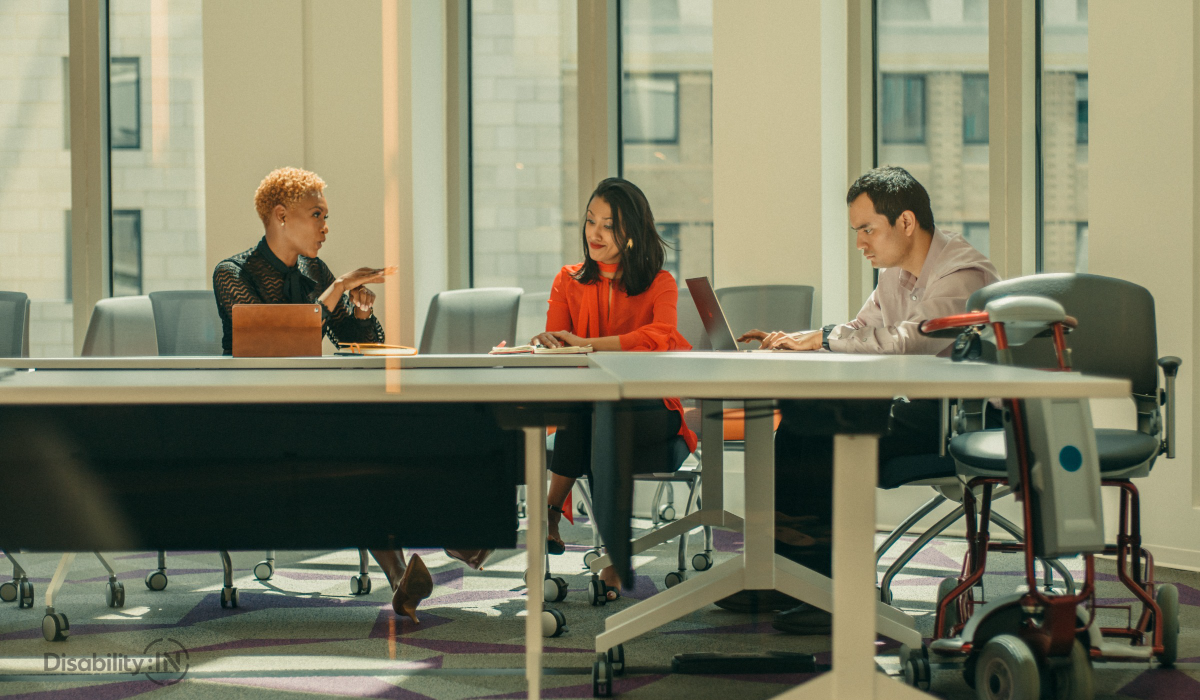Recognizing Disability in the Workplace
Estimated read time:
Organizational leaders often express their desire to hire people with disabilities, acknowledging that they are not intentionally avoiding such candidates but claim to 'not know where to find them.' While
this verbal support demonstrates a positive mindset, the lack of subsequent action undermines its impact.
It is crucial to recognize that people with disabilities constitute the largest minority group seeking employment in today's market. The World Bank estimates that approximately one billion people, or 15% of the global population, live with some form of disability. Despite this substantial number, the U.S. Bureau of Labor Statistics reported a significant employment gap, with the employment-population ratio for individuals with a disability at 17.9%, compared to 61.8% for individuals without a disability.
To truly address this issue, we must confront some unsettling trends. Firstly, Diversity, Equity, and Inclusion (DEI) professionals must better represent the disability dimension in their efforts. While
progress has been made in recognizing gender, age, race, and sexual orientation, people with disabilities are often left out of the conversation. This omission is not intentional but rather stems from a widespread lack of knowledge about disability workplace issues, including within the DEI community. As professionals in this field, it is our responsibility to lead the change and ensure that every individual feels
included in the discussion.
Hiring candidates with disabilities is no different from expanding recruitment efforts to any other population group. By embracing inclusivity and actively seeking out diverse talent, we can bridge the employment gap and create workplaces that value the contributions of all individuals.
When aiming to enhance gender, racial, or sexual orientation diversity, it is essential to engage with and support these specific communities without judgment. Just as you would immerse yourself in women's
leadership conferences or collaborate with local women's advocacy groups to attract female applicants, a similar approach is necessary to increase visibility among applicants with disabilities.
By actively participating in the communities of the individuals you seek to work with, you establish yourself as an ally, someone whose actions align with their beliefs.
Our beliefs are shaped by our experiences and understanding of the people and situations we encounter. While this understanding can be beneficial, there are instances where our lack of knowledge may unintentionally betray our good intentions through facial reactions or offhanded remarks. Often, our fear of the unknown is what drives our reactions based on assumptions. This fear also leads to inaction. However, taking small and practical steps can help us move in the right direction.
A basic level of awareness and some conscious etiquette can go a long way.
Here are my three tips for getting started:
Expose yourself to the topic
Disability events, programs and organizations are more abundant than ever. Do a search in your area and attend a couple of events, learn, and listen! The USBLN, Disability:IN and their affiliate chambers can be incredible resources.
“Search”
Type Disability Workforce Statistics or similar in your search engine and spend 30 minutes scanning a few of the findings.
Bring in an expert
There are many resources available who can address many frequently asked questions (FAQs) on the topic and help you navigate through specifics.
Takeaway
Don’t overdo it.
You don’t have to hire 100 people that all fit a certain demographic to prove that you support social
justice. In fact, that can do more harm if you don’t prepare the culture to be inclusive of this new talent.
Getting involved on a focused, personal level can make a more meaningful and lasting impression.

